Car manufacturers must keep up with the rapid development of new technologies. New things appear annually, and this is true whether we're talking about safety enhancements or mechanical system changes.
For instance, many manufacturers are incorporating electronic power steering systems. However, you can still see many cars on the road today with hydraulic steering racks. While some people like complex electronic steering systems, others prefer a simple and reliable manual steering rack.
This can be confusing especially if you are just starting to choose what to use. But don’t worry; we’ve got you covered! In this post, we will know the difference between manual, hydraulic, and electric steering racks and which is better. So make sure to read until the end.
1 What Is Power Steering?
Before we go and get to know the manual, hydraulic, and electric steering rack, it is important to understand the concept of power steering.
A power steering system adds some power to the manual force used to steer. Driving a vehicle with power steering requires slightly less effort from the driver's side. It offers a grip ideal for steering, with a prompt response time and very little resistance to the wheel itself. It works well with automobiles that weigh a lot.
When faced with potentially hazardous circumstances, having control that is enhanced by power steering is desirable and safer. In addition to that, it assists in the absorption of shock.
There are two possible systems for power steering: a hydraulic system and an electrical system. A hydraulic system consists of a pump that applies pressure to a two-way ram to move the rack in the desired direction by either pushing or pulling on it. Meanwhile, an electric system uses an electric motor that controls the steering and assists the driver. More about this will be discussed below, read on.
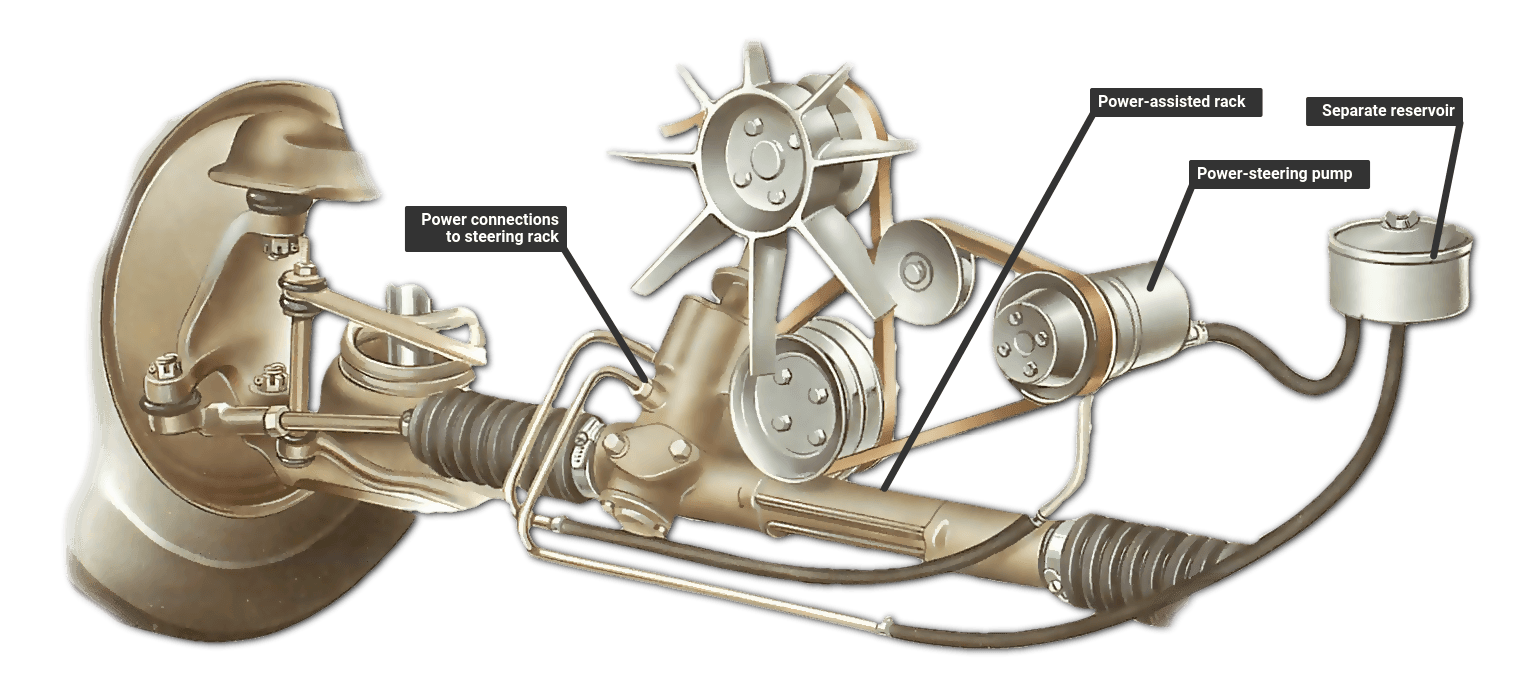
2 What Is A Manual Steering Rack?
As opposed to power steering, one must manually apply more force when using manual steering. Rack and pinion are the components that allow a car's steering wheel to rotate manually when the vehicle is equipped with a manual steering system. The response time is noticeably slower than that of the power steering system because it mainly depends on the user applying their force. However, so long as it is applied to vehicles with a lower weight value, this can function as a steering system.
A pinion is a circular gear attached to the column that controls the steering. The rack, which is a horizontal bar with gear teeth carved into the top, is engaged as a response to this.
The worm gear, sector gear, rack and pinion, and recirculation ball are the four varieties of manual steering systems. Recirculating ball systems are the most common. The kind of mechanism that the steering wheel is attached to determines the sort of manual steering system that the vehicle has.

3 What Is A Hydraulic Steering Rack?
More than half a century has passed since the invention of hydraulic power steering. A pump, a cylinder, and a series of valves are included to regulate the flow of hydraulic fluid through these systems.
How does this work?
The engine is connected to a belt that drives the pump responsible for providing pressure. Therefore, the speed of the pump is dependent upon the speed of the engine. When moving at low speeds, your car's wheels will move more slowly, but when moving at higher speeds, the vehicle will respond more quickly.
While this can be a challenge, especially t if you wish to let other vehicles go ahead of you and make slight directional adjustments without veering dangerously off the road, maintaining responsiveness while the steering ratio is kept constant is accomplished by the control valves' practice of returning pressured hydraulic fluid to the reservoir.
The movement of the steering wheel causes the cylinder to apply force straight to the steering rack, which in turn causes the tires to rotate.
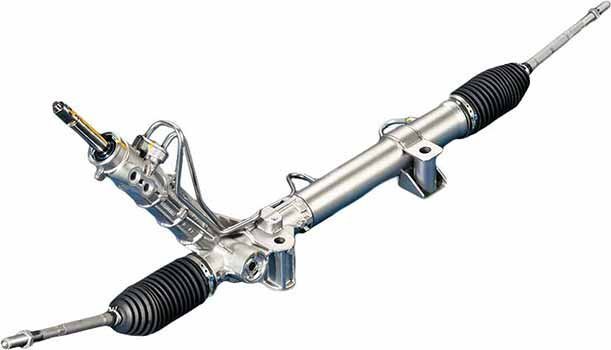
4 What Is An Electric Steering Rack?
Although it has been around for quite some time, electric power steering has only recently started to gain wide adoption. It was developed all the way back in 1876, long before the first autos were even made.
Rather than using hydraulic power, one of the very earliest power steering systems relied on electric power.
The use of electric power steering makes it possible to achieve a consistent level of performance regardless of the driving circumstances. An electric motor attached to the steering system provides power to an electric power steering system. It communicates with the engine control unit through a network of sensors, and the engine then adjusts the steering settings based on the vehicle's speed and other variables.
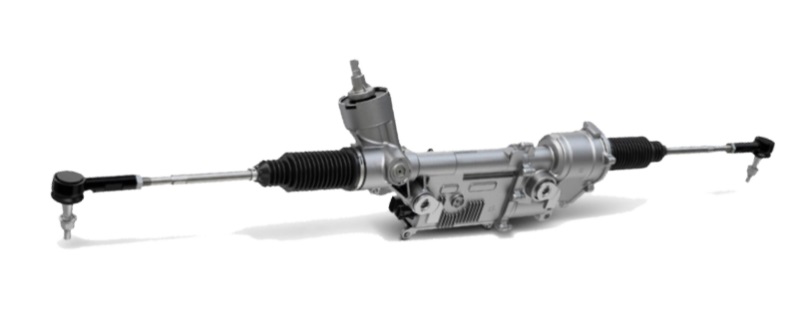
5 What Are The Difference Between Manual, Hydraulic, and Electric Steering Racks?
So power systems include that hydraulic and electric steering racks, which work in contrast to manual systems. Now let us look at how these systems differ from one another in terms of several factors listed below.
1) Speed and Accuracy
In general, the response time of power steering systems like the hydraulic and electric steering racks is significantly faster than that of the manual steering rack. Because the manual transmission does not have an assist mechanism, the gear ratio needs to be set lower so the driver can turn the steering wheel.
This lower ratio results in more turns lock-to-lock, which is why the steering response of a manual gearbox is typically much slower than that of an automatic gearbox. Manual steering, on the other hand, offers a greater degree of control due to the fact that it calls for a greater amount of input to move the wheels.
2) Feedback
Feedback is an aspect of steering performance that is frequently neglected despite its importance. It describes the resistance to wheel movement, which is determined by the traction experienced by the front wheels.
For instance, it is significantly simpler to turn the steering wheel on ice than on dry pavement. Your brain receives feedback in the shape of resistance to movement. This signal gives your brain critical information regarding how well the frontal wheels hold the pavement. This is especially important in front-wheel drive vehicles, which have only two tires responsible for steering, acceleration, and braking.
Power steering systems, such as those that are electrical and hydraulic, are intended to reduce steering resistance and, as a result, reduce feedback. It is because of this factor that most race vehicles utilize a manual steering rack.
3) Significant Advances
Over the years, manual steering racks have developed very little, but power steering has undergone many enhancements. Most of these have been focused on offering a power rack with all of the accuracy and feedback of a manual rack while also preserving the convenience of use that comes with a power system.
These improvements consist of speed-variable power assist, which provides more help and support at low speeds. This electrically aided steering, which differs depending on the need and steering angle, and hybrid electric/hydraulic systems utilize a computer-controlled electric generator to power the pump. In fact, this speed-variable power assist can be found in the Honda S2000.
4) Upkeep
Less care and maintenance are required for power steering systems. It should be no surprise that vehicles equipped with hydraulic power steering require fluid to function properly. There is one less kind of fluid that needs to be managed for automobiles that have electric power systems or EPS.. In addition, automobiles that use electric systems are much simpler to calibrate. In most cases, all that is required is a minor adjustment to the programming.
5) Ease Of Driving
If you're behind the wheel of an older vehicle, chances are good that it includes a manual steering mechanism. Moving the automobile with this first-generation system requires the driver to exert greater physical effort. It is essential to remember that manual steering gives the driver more feedback from the road, making it a potentially superior option for certain motorists.
However, turning the wheel may demand more work, so before you make a purchase, ensure that you are happy with the type of steering that will be included in the vehicle. So if you want more ease, then go with the automatic power steering wheel.
6) Good Fuel Economy
Vehicles that are equipped with an Electrical power system do not come equipped with hydraulic pumps or pistons. On the other hand, they come equipped with an electric motor that is less complicated and is designed to supplement the steering signals given by drivers.
Using this approach will reduce the total amount of mass in the vehicle. In addition, unlike hydraulic systems, the electrical power steering (EPS) does not draw its power from the engine. When taken as a whole, this makes the electric power steering system the more efficient option.
7) Better System
The method that provides the operator with the most advantageous control is still frequently the subject of discussion.
Given the subjectivity of these viewpoints, the best thing for you to do is get behind the wheel of a car equipped with such systems and test it out on yourselves.
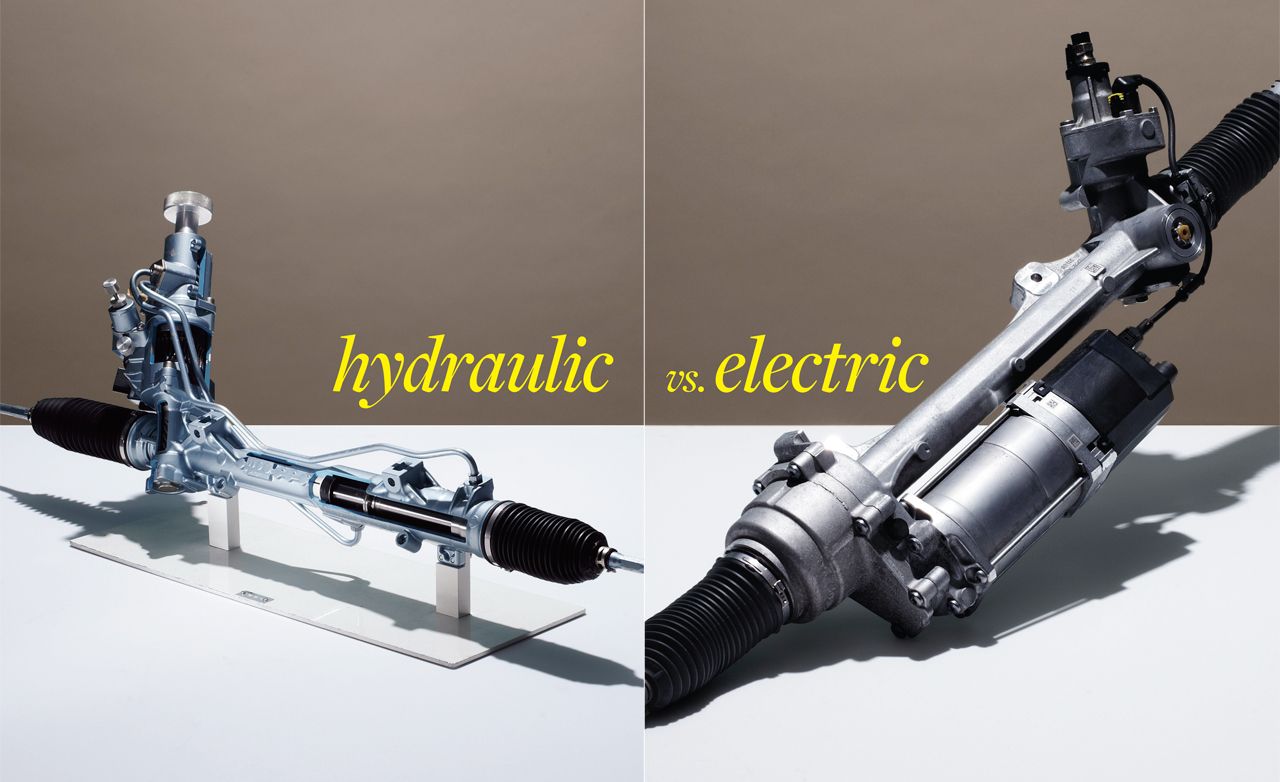
6 Which Of Them Is Better?
As can be seen, these forms of technology couldn't be more distinct. Several developments have been made to the hydraulic power steering system for its long history. Today's hydraulic steering rack systems are extremely well-tuned, and as a result, they deliver great performance at any speed.
Electric power steering is a much newer technology with fewer moving components and significantly less weight than conventional power steering systems. Both of these systems are equipped with electrical sensors, which enable them to make necessary adjustments to the steering.
But you can also never go wrong with manual steering racks. Because it takes more effort on the driver's part to turn the wheels in a certain direction, manual steering offers higher precision.
Take a look at this summary of the pros of each system.
1) Advantages of A Manual Steering Rack
- The accuracy of a steering system that is manually controlled is superior to that of a steering system that is automatically controlled.
- When compared to an automatic steering system, the reliability of a manual steering system is significantly higher.
- A steering system with manual controls costs significantly less than one with automatic controls.
- A steering system with manual controls is much simpler to maintain in comparison to one with automatic controls.
- When compared to an automatic steering system, the environmental impact of a manual steering system is far lower.
2) Advantages of A Hydraulic Steering Rack
- Hydraulic-powered steering system needs hydraulic fluid, which needs to have its level periodically checked and maybe replaced.
- The hydraulic steering rack is more high-end and sophisticated, offering more ease. But repairing hydraulic systems is far more difficult than repairing electrical ones. In addition, because of their complexity, there are a greater number of chances for failure
- The power needed to operate hydraulic steering systems comes from the engine. Even if you are traveling in a straight path, the engine's power output will decrease slightly with each round of the belt.
3) Advantages of An Electrical Steering Rack
- An electric power system is not difficult to use and understand. Unlike hydraulic power, steering systems are difficult to repair because of the numerous moving parts.
- Electrical power steering systems are typically lighter in weight than their hydraulic counterparts.
- Because electrical systems don't require any fluid, they require significantly less upkeep than mechanical ones.
- Even electric power steering takes its energy from the engine, although roundabout through the battery. However, it only draws electricity when you spin the wheel, which results in greater gas efficiency for your vehicle than you would obtain with a comparable vehicle with hydraulic steering.
- When traveling at varying speeds, the experience of steering is more consistent in vehicles equipped with electric power steering than with manual and hydraulic steering systems.
There are still some people who choose manual steering, despite the fact that the majority of research and development efforts are focused on developing power steering. It is also important to know that accurately guiding the car through turns might be challenging at times with a manual steering rack. Using it for extended periods might become physically taxing.
In weather circumstances that are less than ideal, maintaining control of the vehicle might be challenging. In addition, it might be risky for the driver if they lose control of the vehicle. Therefore, it does not perform as well as an automatic steering system.
It is, however, excellent news for drivers who are enthusiastic supporters of power steering. If one drives carefully and doesn't abuse their vehicle, they shouldn't have any issues with the steering system.
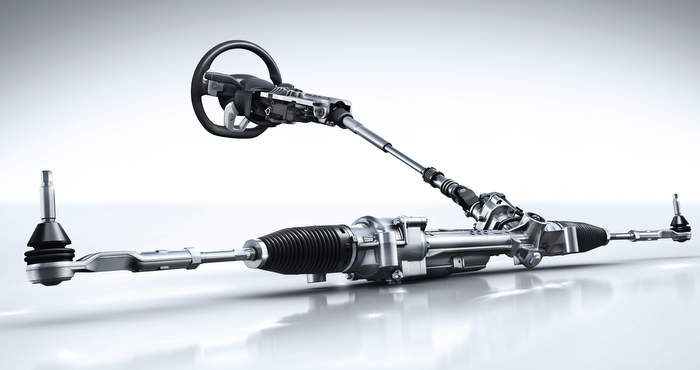
7 Frequently Asked Questions
Here are some questions to guide you in knowing which is better for the manual, hydraulic, or electric steering rack.
1) Is Electric Steering Good?
Compared to traditional hydraulic systems, electric power steering is typically easier to operate, so significantly less physical effort is required to turn the steering wheel. This advantageous quality will typically present itself when traveling at moderate speeds, such as when doing parking maneuvers.
2) What Causes Electric Steering Rack Damage?
The most common location for leaks to form in steering racks is at the point where they are attached to the tie rods. Despite the fact that this connection point is equipped with a fluid-proof seal, the seal frequently breaks down as a result of temperature fluctuations, damage from debris, and chemical exposure.
3) Is It Worth Replacing the Steering Rack?
Even while you might be able to operate your vehicle even if the steering rack is broken or malfunctioning, doing so could compromise both your safety and the safety of other people who use the road. Problems with the steering rack or its complete breakdown can make the vehicle considerably more difficult to manage, which can significantly increase the likelihood that you will be involved in an accident.
4) What Are The Common Problems With Hydraulics?
The presence of noise, increased temperatures, and slow or unpredictable performance indicates a problem with the hydraulic system. The most typical factors contributing to poor hydraulic performance are heat, the presence of contaminants in the air, and the presence of contaminants in the water. The hydraulic pump is the most expensive part of the system to replace because it serves as the system's beating heart.
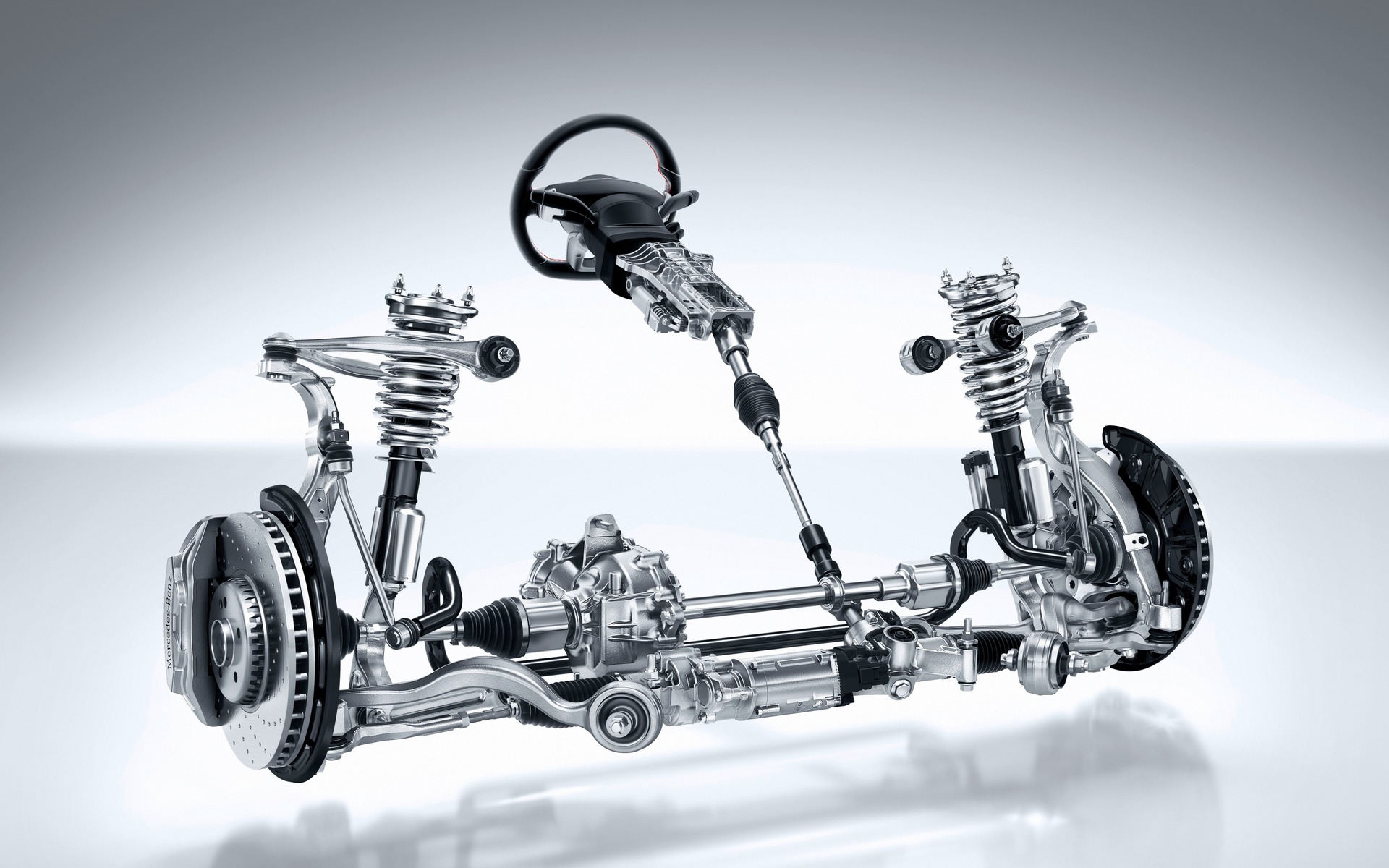
8 Conclusion
So what should you choose? Well, at the end of the day, the driver's preference and requirements should determine which will be more suitable. The best system is the one that delivers the most satisfying and enjoyable driving experience possible.
However, regardless of your choice, it is essential to establish a regular inspection and maintenance plan and stick to it. This will keep your vehicle in good form and prevent significant and expensive repairs from becoming necessary. Always remember that prevention is easier and more cost-effective than treatment.
The Previous Articles: Steering rack Diagram What Is Rack and Pinion Bushing? How To Tell If Rack and Pinion Bushings Are Bad? Why Steering Rack Makes Noise When Turning? How To Rebuild A Steering Rack? What Is A Rotary Valve Power Steering Rack? Rack And Pinion System Vs Power Steering System: What Are The Differences? Power Steering Rack Market Analysis Report (Japan Market) What Causes Steering Rack to Go Bad? Design Of Car Rack And Pinion Steering Racks What Is The Intelligent Steering Rack Used By VW, Toyota, Honda And Renault?

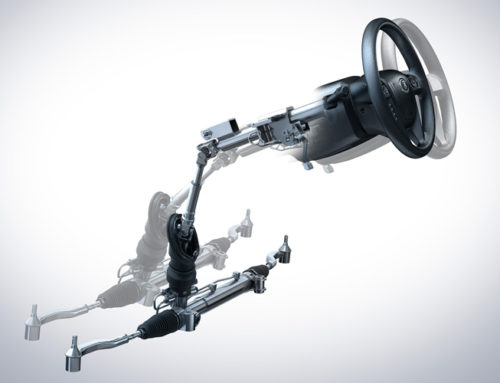
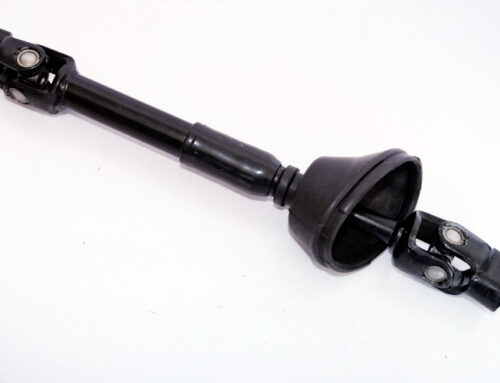
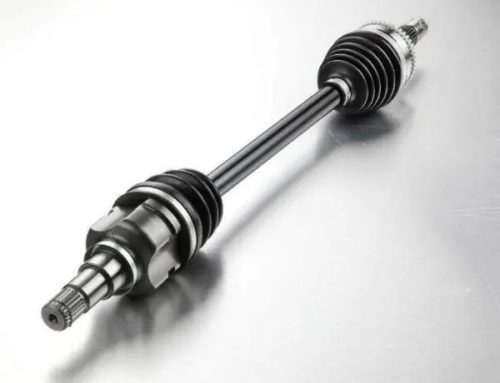
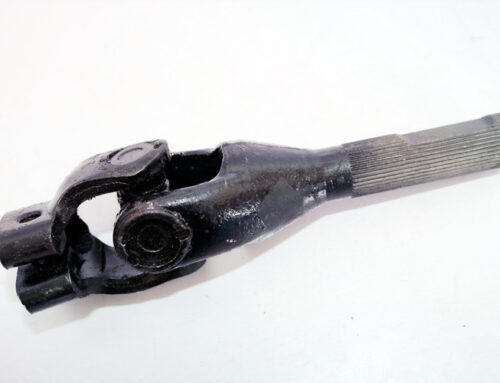

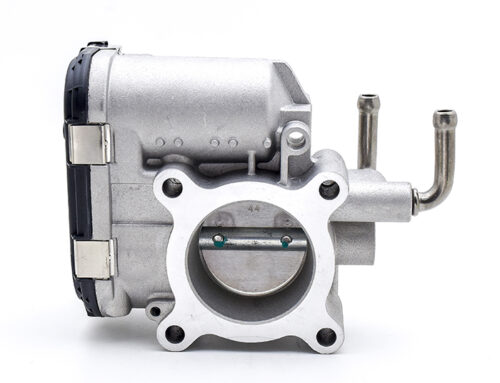
Leave A Comment